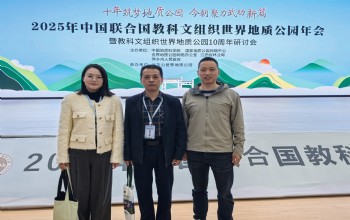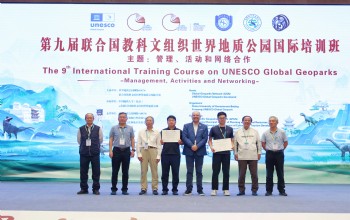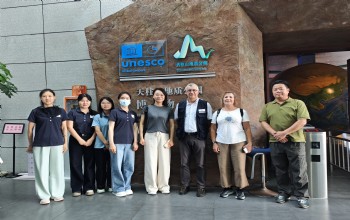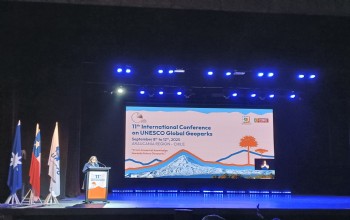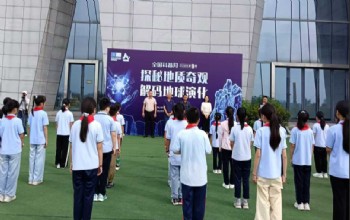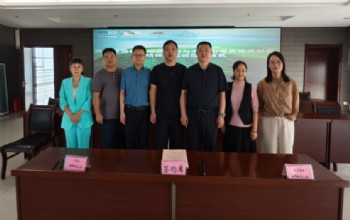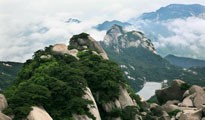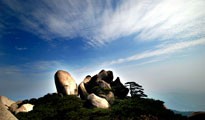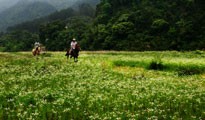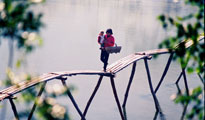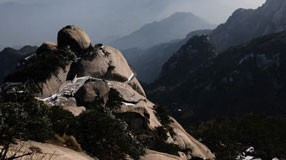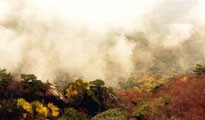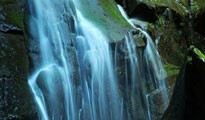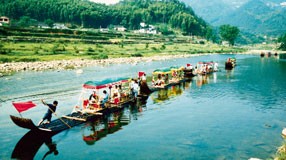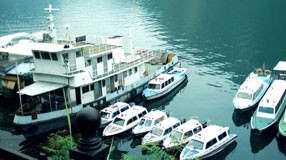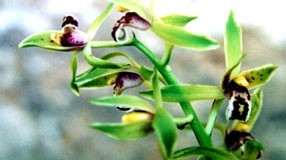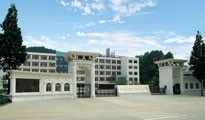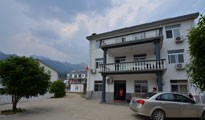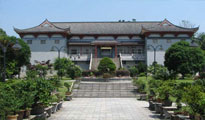
加泰罗尼亚中部世界地质公园地质遗迹丰富,囊括了地层学、沉积学、构造学、岩溶系统、古生物学和古人类学等领域。沉积岩中的生物群说明了地质历史时期该处存在着丰富多样的生命,其中最著名和最丰富的化石是来自5500万年前生活在温暖浅海环境的海洋有机生物。而欧洲最大的钾盐矿区之一加泰罗尼亚钾盐盆地,也是全球蒸发岩沉积的最好例证,其源于海水蒸发。此外,该地区矿业活动也遗留下来了重要的遗迹。岩盐的开采利用从新石器时代在这里的首次出现,一直持续到罗马帝国时期。利用传统工艺进行窑、瓷等烧制活动的作坊也是非常重要的旅游景点。2012年入选世界地质公园网络成员。
The Central Catalonia UNESCO Global Geopark, located in the heart of Catalonia, contains numerous geological and mining heritage sites, as well a strong human presence, which has given this territory a strong personality, with a great culture and traditions.
Over 36 million years ago, across much of Catalonia, there was a sea which disappeared and evaporated with the rise of the Pyrenees. This process left spectacular rock formations and rich natural resources, which defined the landscape and the society of the territory of the Central Catalonia UNESCO Global Geopark. Rocks are essentially sedimentary and from Eocene and early Oligocene ages and were deposited first in marine environments and after being isolated from the sea (about 37 million years ago), with fluvio‐lacustrine sediments. The Catalan Potassic Basin, the end of the marine basin, is an example of world relevance of the sedimentation of marine evaporitic rocks, with minerals such as halite (common salt) and sylvite (potash), formed 37 million years ago in the tectonic context of the rising of the Pyrenees. Furthermore, the territory also has unique elements internationally recognized such as the mountains of Montserrat and Sant Llorenç del Munt (ancient littoral fan deltas). Others are karstic elements such as Saltpetre Caves and El Toll Caves, the latter with important prehistoric and faunistic and human remains. The most southerly manifestations of the Pyrenean tectonics, is apparent in a representative geomorphology and important findings of Quaternary terrestrial vertebrate fossils in the fluvial terraces, among others.
The UNESCO Global Geopark includes 30 municipalities from the Bages county, 5 from de Moianès county at the east, and one municipality belonging to Baix Llobregat county bordering from the south. The population is around 188.000 inhabitants, with a density of ca. 140 inhabitants per km2 (2009 census).
The Central Catalonia UNESCO Global Geopark has peculiarities such as the Toll and Saltpeter caves, Montserrat and Sant Llorenç de Munt, two Nature Parks with an identifying landscape, a geology museum that goes beyond a classical museum, in showing the use of geological materials to people as a part of the 46 sites of geological and mining interest, in a land rich in cultural and historical heritage, including medieval villages and Romanesque art. There are several interpretation and information centres in the UNESCO Global Geopark welcoming the visitors and coordinating different geo‐activities. Each one of them also carries out educational programmes related to geology and the UNESCO Global Geopark. Moreover, teachers have the support of an Educational Centre that is creating and leading activities on fostering the territory, environment and geology. The Central Catalonia UNESCO Global Geopark works with schools and universities in order to contribute to the sustainability culture and research and promotes the conservation of its geologic and mining resources.
The Central Catalonia UNESCO Global Geopark is a unifying project that highlights the geological and mining attractions of the area, as well as the tourist assets under a common denominator, geotourism, with an interesting and high quality tourist offer, integrating culture, nature, geology, mining and gastronomy. Geotourism must be understood as the activity that supports, or even improves the geological character of the territory, including its culture, environment, heritage and the well-being of its residents. The UNESCO Global Geopark takes advantage of the force of geotourism to economically and socially stimulate the whole territory for a more balanced development. Public and private initiatives are related to values of the territory and promote economic sustainability (stakeholders’ formation, local products, crafts, cuisine, branding, etc.). The UNESCO Global Geopark fosters research, and also fosters awareness of the values of local heritage (natural and cultural) and specially of the geological heritage. It further aims to reduce the loss of the young rural population who used to migrate to cities. The idea of sustainable improvement allows a development based on the identifying of of the territory's own characteristics.
















